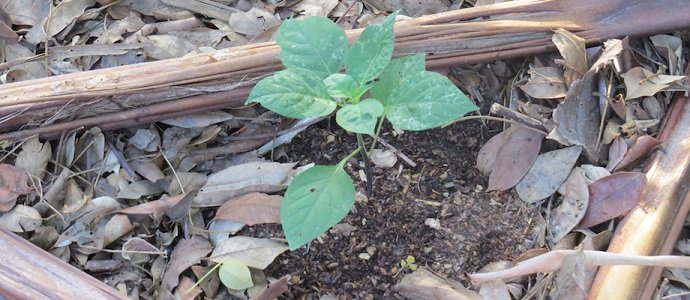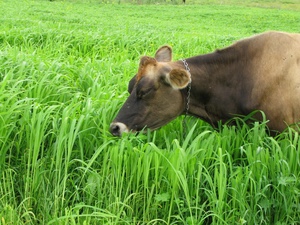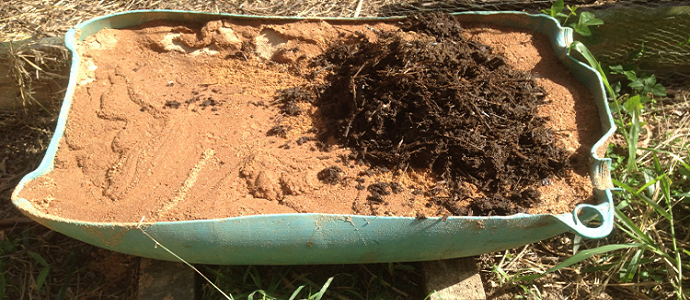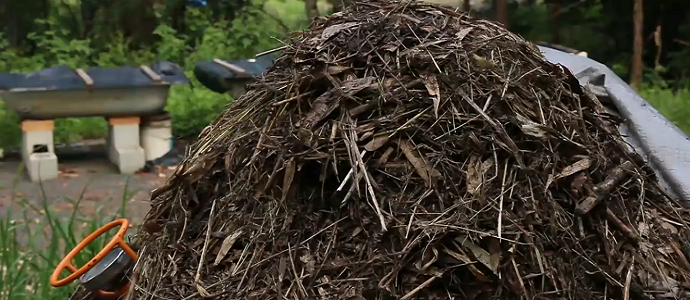A Conversation With Dr. Daphne Miller
Daphne Miller: These days I’m focused on the true cost of food. We have the cheapest food in the world. Food purchases make up something like 8% of our GDP. But when you start to factor in all the chronic diseases and environmental impacts—the health footprint of food—then all of a sudden we have the most expensive food in the world. Not 8% but 25% or higher. How is it we have something that is so cheap but so expensive?
Woody Tasch: How do we tackle this?
It’s clear to me that we need to start with the soil. It’s a vertical process. The businesses that are putting food on our table must have an interest in the soil. Their financial return has to be linked back, somehow, to the substrate of the soil. Any consumer goods company that isn’t thinking about the ecosystem in which the food is produced isn’t going to produce healthier food. We can slightly unprocess this or that, but unless we start thinking about the soil, we’re not going to get the shift we need. Farm policy is one shift we need, but the other is to shift the way the food companies do their business. And we need to change our understanding of health.
How does this affect your medical practice?
People are getting so sick because they aren’t connected to a healthy food system. Medicine is putting out fires, it gets to people way too late. We need to work upstream, outside the medical model.
When you say this, what’s the response of your colleagues in the medical community?
…click on the above link to read the rest of the article…


















